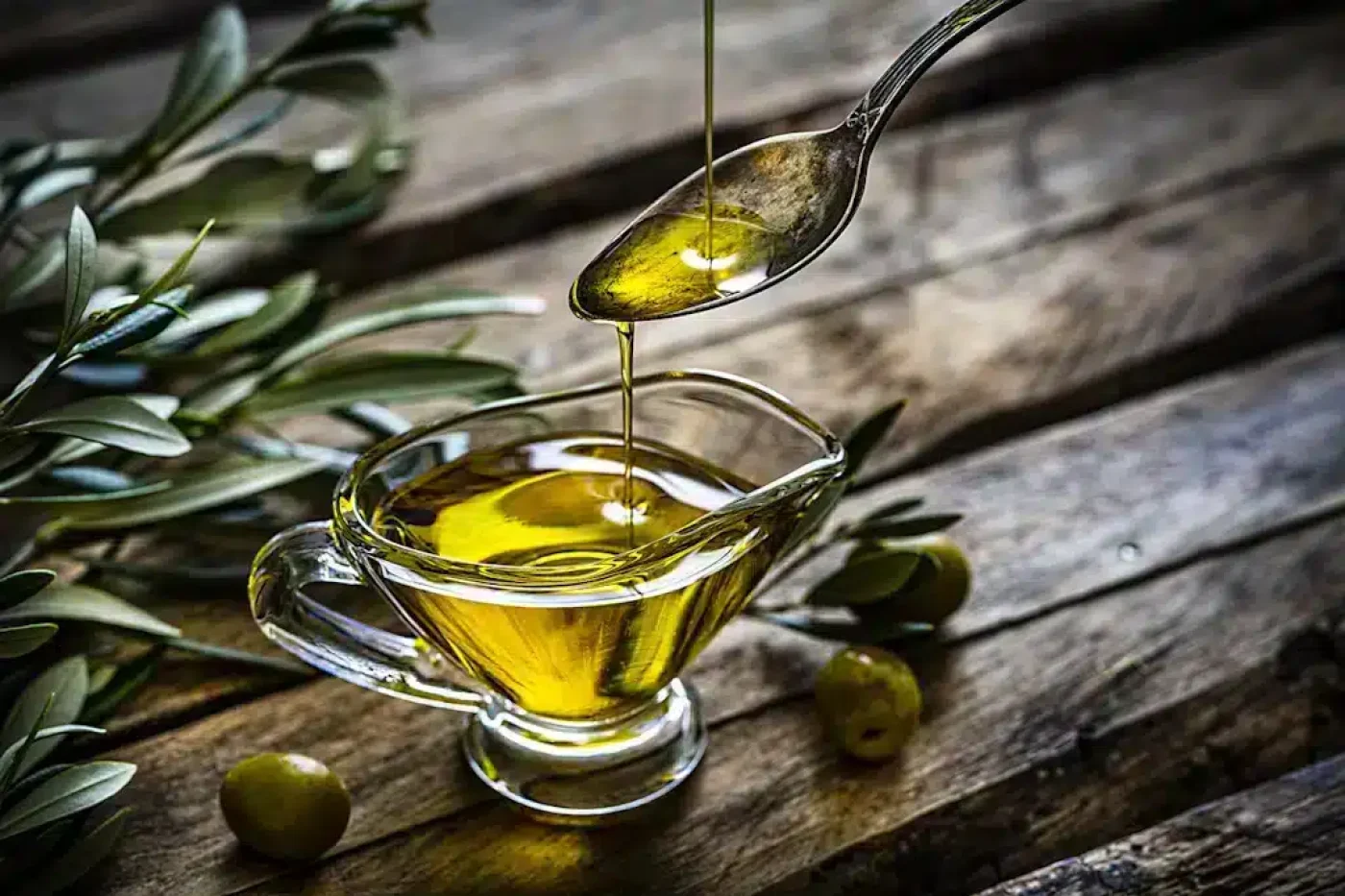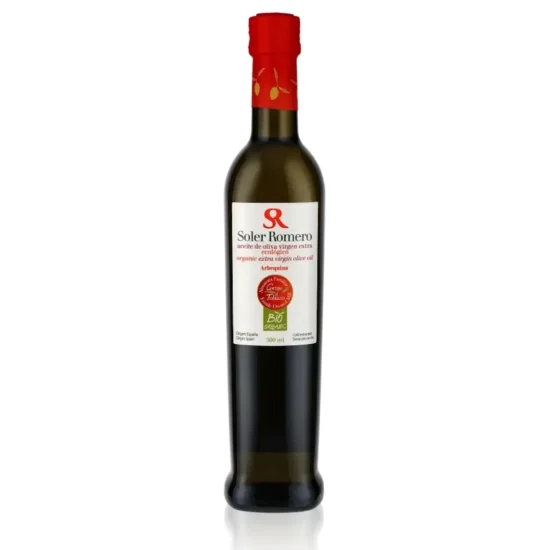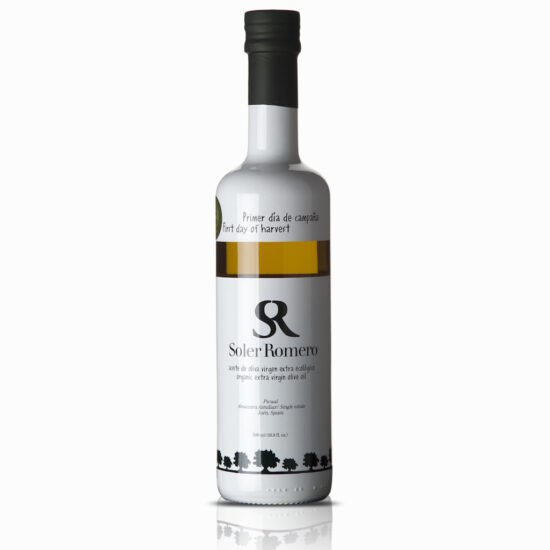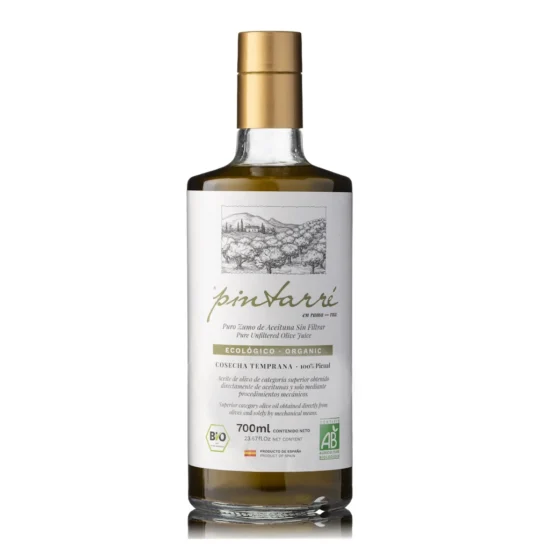
Extra virgin olive oil (EVOO) is a pillar of the Mediterranean diet, valued not only for its flavor but also for its health benefits. These benefits are largely due to compounds such as oleocanthal (OC) and oleacein (OLA), two powerful biophenols with anti-inflammatory, antioxidant, and anticancer properties. Until now, accurately measuring the amount of these compounds in EVOO was a slow, expensive, and complex process, limited to specialized laboratories. However, a team of researchers from the University of Granada has changed the game with a revolutionary invention: a portable optical sensor that promises to democratize EVOO quality assessment.
This new sensor is a true leap forward. Imagine being able to analyze an EVOO sample in less than two minutes, directly at the olive mill, olive grove, or packaging plant. That’s exactly what this device makes possible. Unlike traditional methods, which require bulky equipment, highly trained personnel, and a minimum of 45 minutes per sample, this sensor is fast, simple, and affordable. Most impressively, it requires a minimal amount of EVOO—just 0.25 ml—and doesn’t use organic solvents. This not only makes it more sustainable and environmentally friendly, but also more economical, eliminating the need for expensive reagents and disposal processes.
Until now, the EVOO industry has relied on chromatographic techniques to determine OC and OLA levels. These techniques, while accurate, are a bottleneck. They are performed in controlled laboratory environments, with equipment that can cost a fortune and require expert supervision. In addition to being time-consuming, their environmental impact is considerable due to the use of chemicals. The cost per analysis can exceed €150, a significant barrier for many producers, especially small and medium-sized ones.
The University of Granada’s optical sensor emerges as an ideal solution. It is portable, affordable, and highly accurate, which has been validated through the analysis of 26 EVOO samples from different varieties and origins, in collaboration with Tello Laboratories of the Tentamus group, leaders in agri-food analysis in Spain. This validation by a prestigious third party is crucial and confirms the reliability of the new technology.
Antonio L. Medina-Castillo, the project’s principal investigator, sums it up perfectly: “This innovation responds to a long-standing demand from the industry: to have accessible and effective tools to measure EVOO quality in real time.” The ability to measure OC and OLA concentrations in situ and instantly has enormous implications.
For producers, it means being able to make informed decisions about the harvest and production process, optimizing the quality of their oil. For consumers, it means greater transparency and confidence in what they buy, knowing that the EVOO they choose has been evaluated using cutting-edge technology. The presence of high levels of OC and OLA not only indicates a higher-quality product, but also supports claims about health benefits.
The team behind this invention, which includes Melany Gisell López Aveiga, M.D. Fernández-Ramos, and Vanesa Martos Núñez, is working closely with the University of Granada’s Research Results Transfer Office (OTRI-UGR) and its industrial partners to accelerate the technology’s arrival to market. This collaboration is essential to transforming academic research into a practical tool that benefits the entire EVOO value chain.
The patent for this optical sensor is a clear example of how university research can be translated into innovations with a real impact on the industry. The project has received support from various funding programs managed by the OTRI, and the contribution of Tello Laboratories has been vital to the success and validation of this promising technology. The optical revolution in EVOO quality measurement is already here, promising a brighter future for this liquid gold.
Important Note: aceitedelcampo.com promotes the consumption of extra virgin olive oil for its culinary qualities and health benefits. However, no medication or current treatment should be replaced without the guidance of a healthcare professional.




ALZAYT EXPORT SL
info@aceitedelcampo.com
C/ Eduardo Bosca 19, 2-5
46023 Valencia
Subscribe and receive a coupon by email for your next purchase.